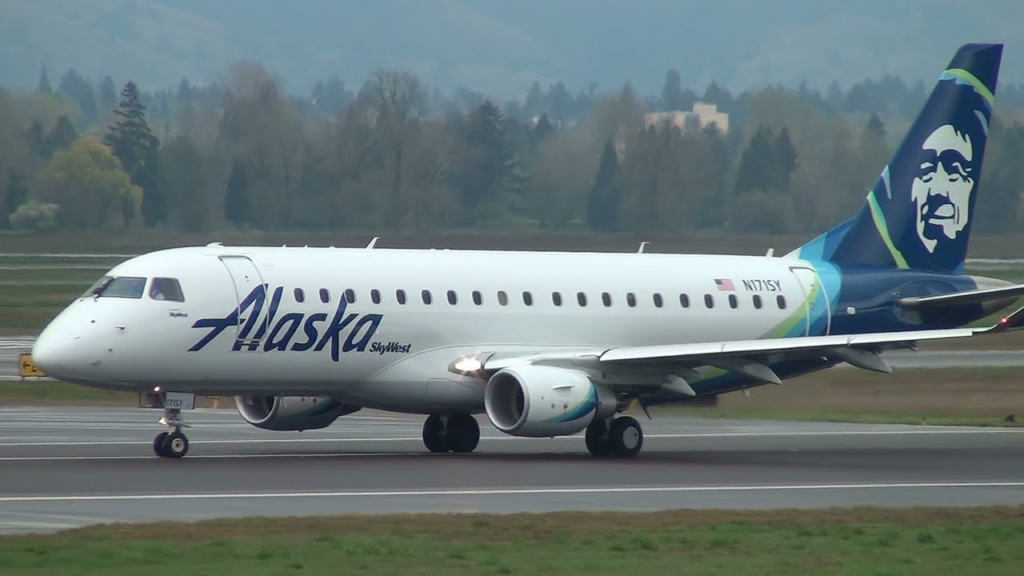Alaska Air Announces New Flights Between California and Montana
SEATTLE, March 4, 2021 /PRNewswire/ -- Following on the heels of Southwest Airlines (NYSE: LUV) recent announcement of Montana flights (http://planesintheair.com/southwest-airlines-service-to-destin-ft-walton-and-bozeman-to-begin-may-2021/), Alaska Airlines (NYSE: ALK) has today announced four new routes between California and Montana for the summer, increasing total jet service…
